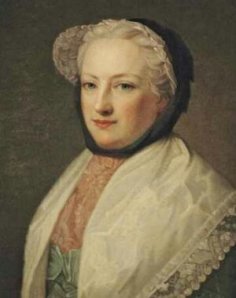You are currently browsing the monthly archive for November 2014.
The land across the Nant y Ffrith valley is an outlier of the sombre moorland ‘wastes’ into which the top end of Brymbo extends, and for much of the period would have been the same kind of landscape: agriculturally poor, though without the coal outcrops or lead veins that enriched Minera, Bersham and Brymbo townships. The area was called Uwchmynydd or Uwch y mynydd, the ‘higher’ or ‘upper’ mountain, and was included in Hope parish. It was far from an empty space on the map though, and had its own, albeit small, community. Indeed while the residents of Uwchmynydd might have paid their rates into a different pot to those of Brymbo, and conducted their marriages and baptisms at a different church, the social connections between the two were quite intimate. In the late 17th century, the depositions in the court action fought over the will of Griffith Thomas of Brymbo demonstrate the shared ancestry, gossip, and economic activity of the inhabitants of the townships. William ffennah, butcher, and Edward ap John ap Rees, husbandman, both of Uwchmynydd, give evidence and another Uwchmynydd man, John Williams, was also present at the signing of the will.

Ann Primerose, nee Drelincourt, was along with her mother largely responsible for the charity school and church at Berse.
Berse Drelincourt is not in Brymbo township, but is one of the main landmarks on the old road between it and Wrexham. North of the house stands a small church of the same period, without a specific dedication though sometimes called ‘St Paul’. The church, unusual in a landscape of mainly 19th century chapels, recently closed and is now converted to a house. The church and house were both built by the same family, the Drelincourts; though they themselves lived in London or elsewhere much of the time, the presence of the church and an associated charity school, set up in and around the house, ensured that their influence lingered in the area long after their departure.

